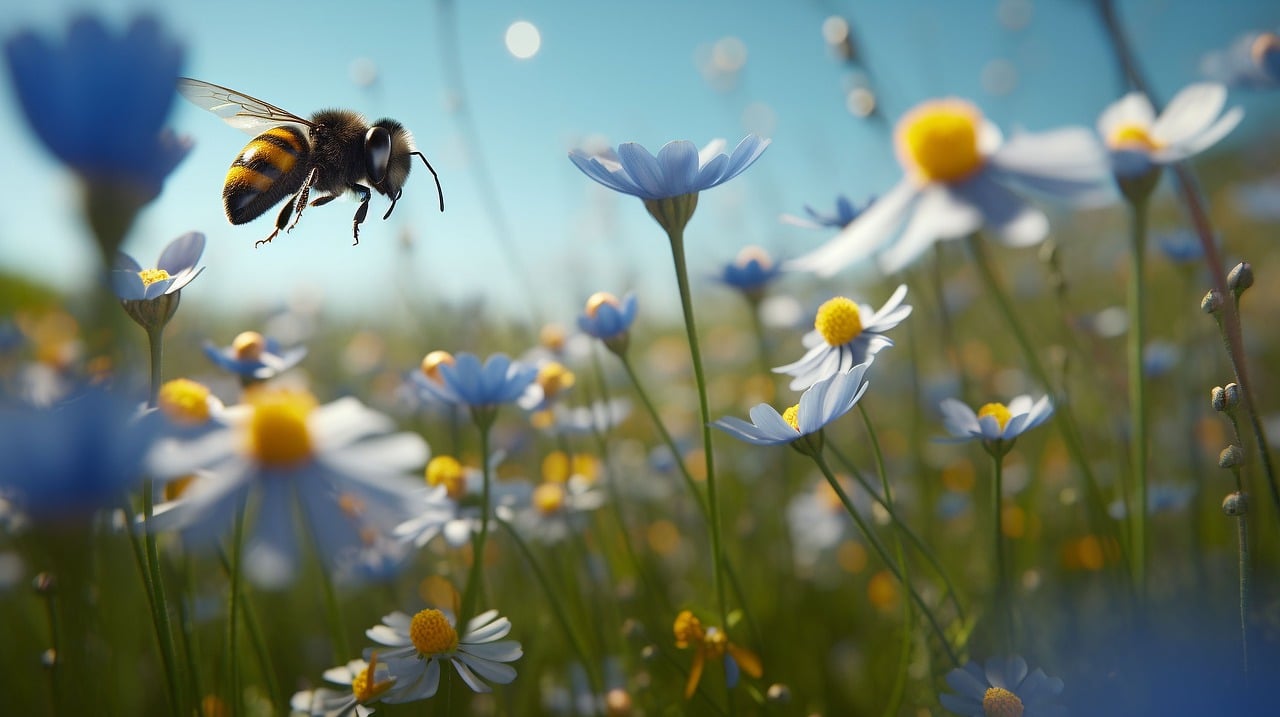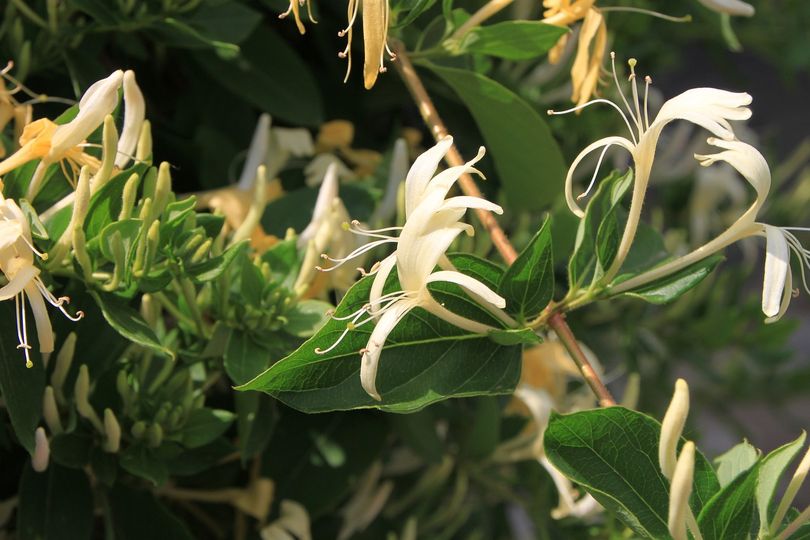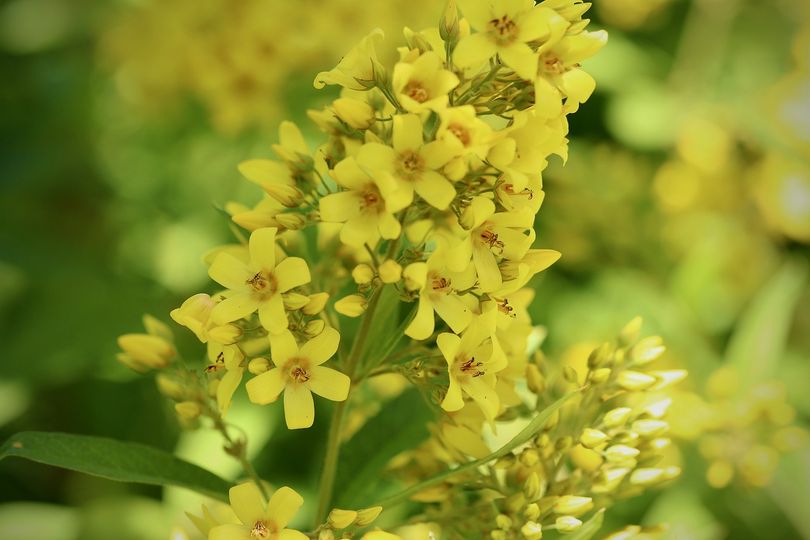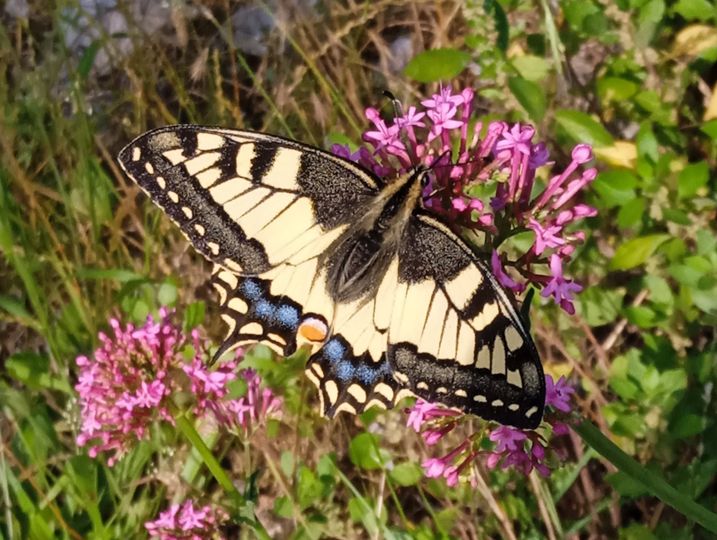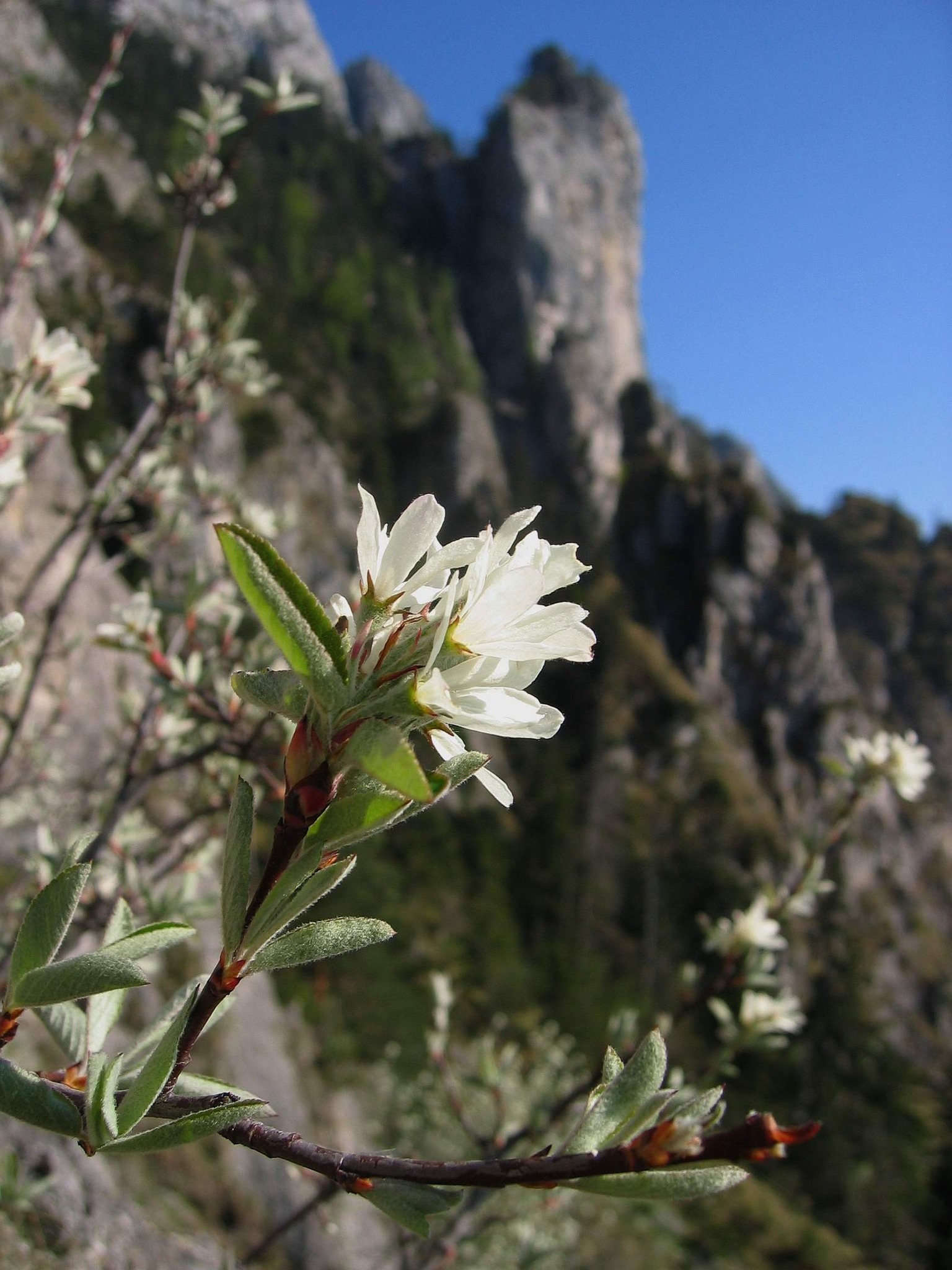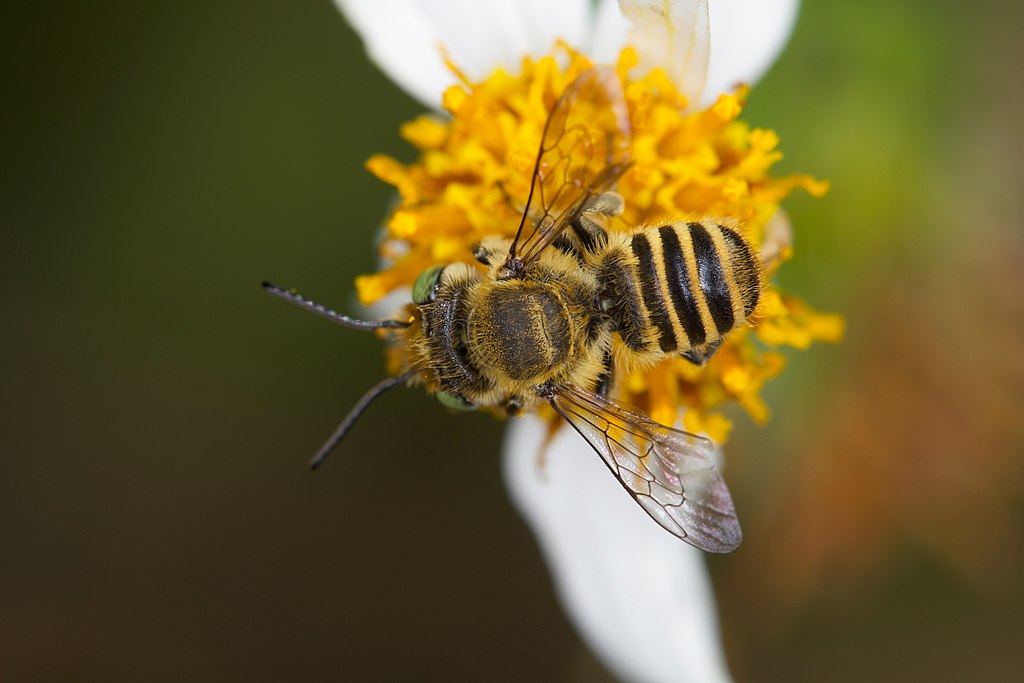Today, special traps were set up at the Ca’ Magre and Campo Calandro #EcorNaturaSi…
lifepollinaction2023-07-03T09:14:52+02:00Today, special traps were set up at the Ca' Magre and Campo Calandro #EcorNaturaSi farms to study how the flower strips can be source habitats for important parasitoids and pollinators of greenhouse horticultural crops. The traps are called 'pan traps' and consist of three differently coloured bowls (yellow, blue and white), filled with water and soap, that simulate flowers and attract and capture the various #beneficial insects that will be studied. LIFE Programme #LIFEprogramme #LIFEproject #EUpollinators #Natura2000 #pollinators #bees Photo Pixabay United Nations Biodiversity Plantlife: saving wild plants Seedball ConservePlants LIFE Greenchange LIFE 4 Pollinators Ca' Foscari Sostenibile [...]


